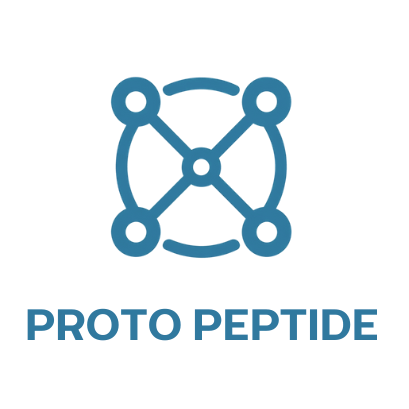Peptide-Based Regeneration: A Closer Look at Wound Healing and Tissue Repair with GHK-Cu, TB-500, and BPC-157
Advances in regenerative research have placed peptides at the forefront of laboratory investigations into wound healing and tissue repair. Among the most studied are three synergistic compounds: GHK-Cu, TB-500, and BPC-157. These peptides have individually demonstrated unique biological effects related to inflammation, angiogenesis, and cellular regeneration. When studied in combination, they show promising potential to accelerate complex repair processes in damaged tissues.
GHK-Cu: A Copper-Binding Peptide for Skin and Tissue Remodeling
GHK-Cu (glycyl-L-histidyl-L-lysine-Cu²⁺) is a naturally occurring peptide that plays an essential role in tissue regeneration and remodeling. In lab models, it has been shown to upregulate genes related to wound healing, stimulate collagen synthesis, and reduce oxidative stress. It also modulates inflammatory responses, creating a balanced environment conducive to recovery.
TB-500: Enhancing Cellular Migration and Angiogenesis
TB-500, derived from thymosin beta-4, facilitates cellular migration and the formation of new blood vessels (angiogenesis). In experimental settings, TB-500 improves the mobility of keratinocytes and endothelial cells, both critical in wound closure and revascularization of injured tissues. These functions are especially important in full-thickness skin injuries and musculoskeletal trauma.
BPC-157: Gastro-Protective Peptide with Broad Regenerative Properties
BPC-157 (Body Protection Compound) is another synthetic peptide originally derived from human gastric juices. It has demonstrated remarkable healing effects in tendon, ligament, muscle, and skin models. In wound healing studies, BPC-157 improves granulation tissue formation, promotes angiogenesis, and reduces pro-inflammatory cytokines.
Wound Healing in Laboratory Models
When tested in laboratory models, the combination of GHK-Cu, TB-500, and BPC-157 shows accelerated wound closure, enhanced tissue tensile strength, and a balanced inflammatory profile. In both cutaneous and deep tissue injury simulations, these peptides work synergistically to regenerate extracellular matrix components and restore cellular integrity.
Tissue Repair Pathways: The Synergy of Peptides
The underlying pathways involved in regeneration include modulation of transforming growth factor-beta (TGF-β), vascular endothelial growth factor (VEGF), and fibroblast growth factors (FGFs). These are critical in orchestrating tissue repair, vascularization, and fibroblast activity. Each peptide supports a different part of this complex system, offering a multifactorial approach to tissue recovery not easily achieved with single-agent interventions.
Conclusion
GHK-Cu, TB-500, and BPC-157 represent a powerful trio under scientific investigation for their regenerative effects. In laboratory environments, they have been shown to enhance wound healing, modulate inflammation, and promote tissue repair across multiple cell types and injury models. Their synergistic potential continues to draw attention from researchers aiming to better understand and accelerate the healing process at the molecular level.
Disclaimer
This content is intended for informational and educational purposes only and is not intended to promote or sell any product. It is not a substitute for professional medical advice, diagnosis, or treatment. Always consult with a qualified healthcare provider before starting any new supplement or research compound. The statements provided have not been evaluated by the FDA or Health Canada and are subject to change as scientific understanding evolves.
